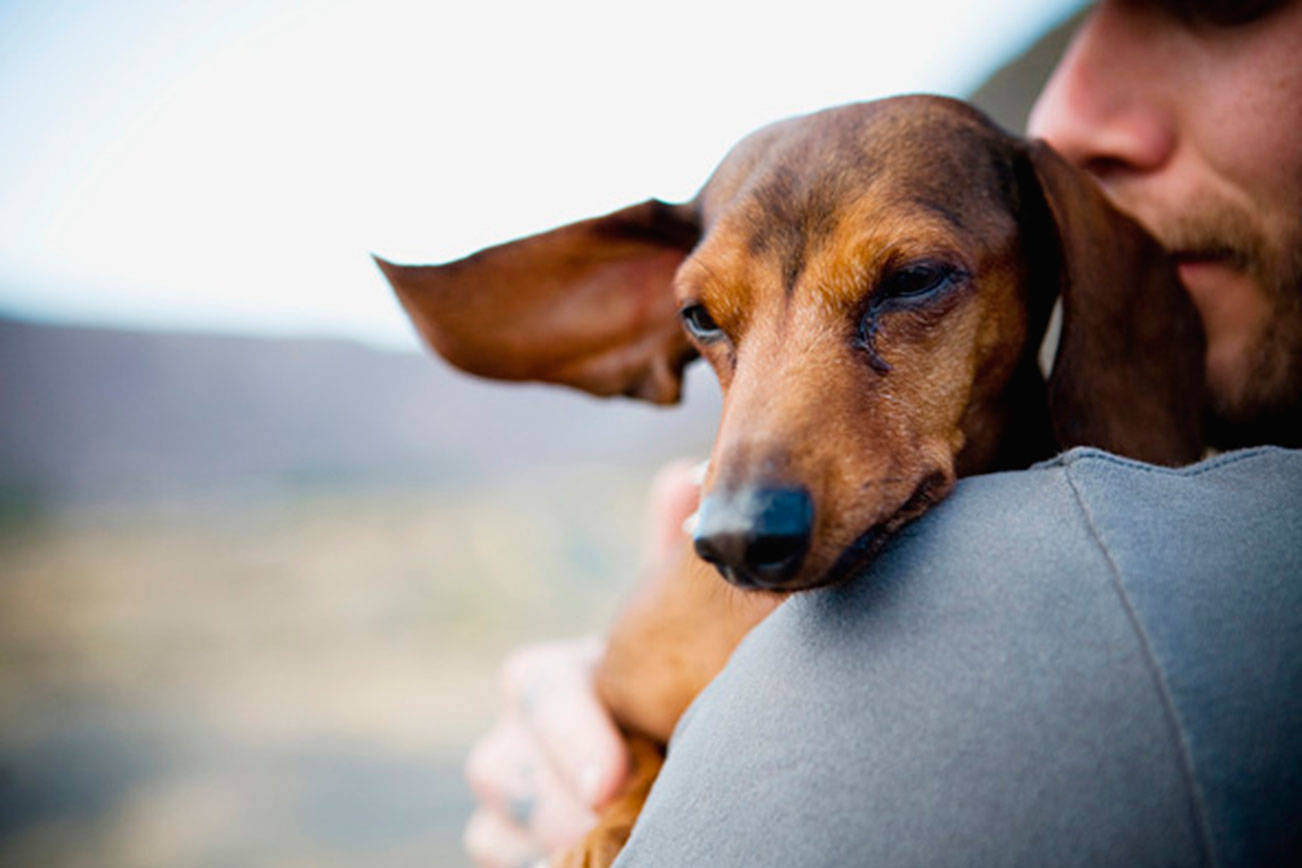I believe that one of the most misunderstood, and maybe, because of that, the most abused laws of this generation is the federal law pertaining to emotional support and service dogs. We have entered a time in the history of our country where we increasingly share our lives with various species of animals.
I remember just a few years ago when, if one wanted a dog for the family or for a personal friend, a visit to the local pet store would take care of the empty spot in our homes. The dogs were always purebred, or we were told that they were and had papers, just so we could brag on the lineage of Scrappy, kept in the enclosed back porch with a rusted coffee can for drinking water.
If your parents were more the blue-collar variety, they may have taken you down to the dog pound to walk the “Long Green Mile” to the end of the wire cages, so you could pick out a jumping, yipping, mongrel puppy. They were usually a reject or a stray that was a lot less expensive, but no less different, just minus the handwritten certificate of origin.
Our thoroughbred family cocker spaniels were found in a cardboard box by a bus stop, or were black with white and headed to the euthanizer, until we saved them, promising the “breeder” that we wouldn’t breed them because Spaniels only came in a solid color unless some were somehow mixed, when nobody was looking. That one we would get without even the handwritten certificate.
Times changed, however, after pictures of dogs were paraded before our television screens in rusty cages called puppy mills, which we discovered we were buying as purebred dogs.
People went from getting a dog for the kids to getting a companion for a parent. The parent somehow realized that it was really comforting to sit before the television at night, with this little warm, furry, slobbering animal on their lap. All of a sudden, people were walking the neighborhoods with three and four leashes pulling on them in four different directions, and proudly calling out that they were rescues, and “I love them all.”
Then someone saw a news story about soldiers in Iraq, or somewhere else, training a dog to do things other than guard duty. Some dogs did fantastic things like protecting soldiers from bombs and land mines. Some dogs loved their handlers so much that they warned them of impending danger, actually saving their lives, and some giving their own lives in exchange. Some were retired and came to a new home in America to assist their disabled friend, who once needed their protection and now needs their everyday help to exist, emotionally and physically, on a day-to-day basis.
As a veteran from several different arenas over a 42-year period, I found that my old military retired body was coming apart from years of abuse as a Navy photographer who chose the front sides – facial expressions – of sailors and Marines to photograph them in the field, as opposed to their back sides. So the photographer had to run ahead of the Marine, usually twisting backward to catch him coming at you, a feat only duplicated by an Olympic athlete.
I have a wonderful, legitimate service dog that should be duplicated in every combat veteran’s life. Benny has been followed in department stores and watched in restaurants and small shops by many professional dog trainers incognito, across the country, who all informed me after the spying that they believed him to be one of the best.
In a short series I want to share with you the laws, rules, courteous behavior and functions of a real, honest-to-goodness service dog and emotional support animal and their owner. My hope is to help you to understand what they do and what is only a service dog of someone’s imagination.
The goal is to convince more veterans and vet families to get help from this kind of friend. More veterans are dying by their own hand than have been lost on the battlefields. Stay tuned.
Don Dinsmore, a longtime Kent resident and Navy veteran, regularly contributes to the Reporter.


